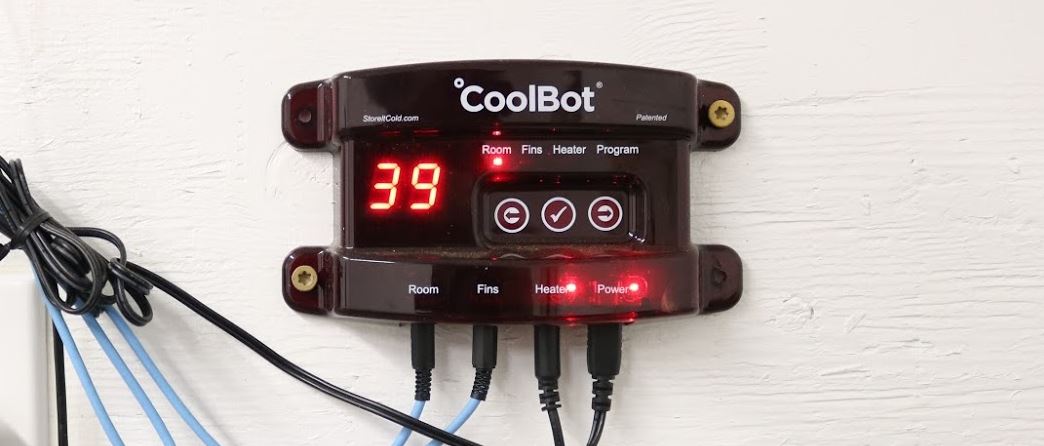I have been receiving several inquiries recently on supplemental lighting for greenhouse production. The most common question is “Should I install LED lights to support growing?” I have found one report to be the most complete and current on this topic and wanted to share it here. Economic Analysis of Greenhouse Lighting: Light Emitting Diodes …
Continue reading “LED Lights – Status, Cost/Benefit and Pro’s and Cons”

